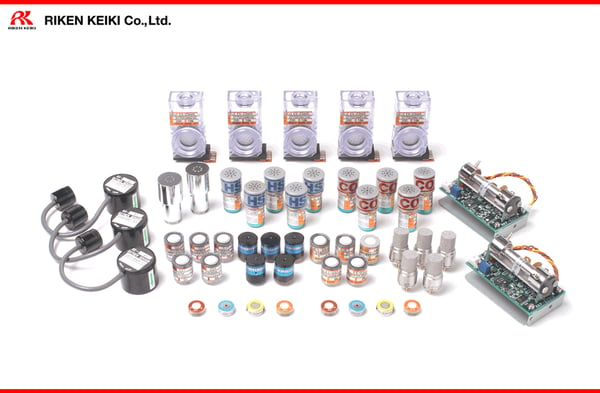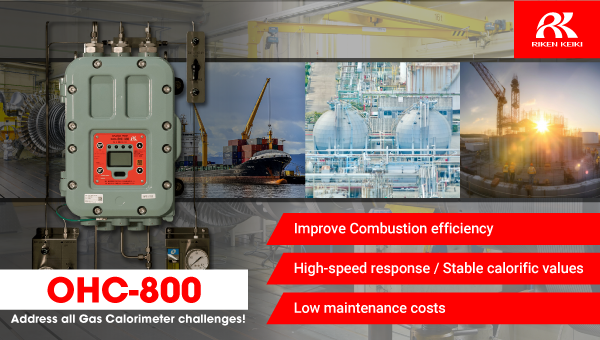The Core Technology Behind Riken Keiki: "Optical Interferometric Method" and the Development Background of OHC-800 Calorimeter
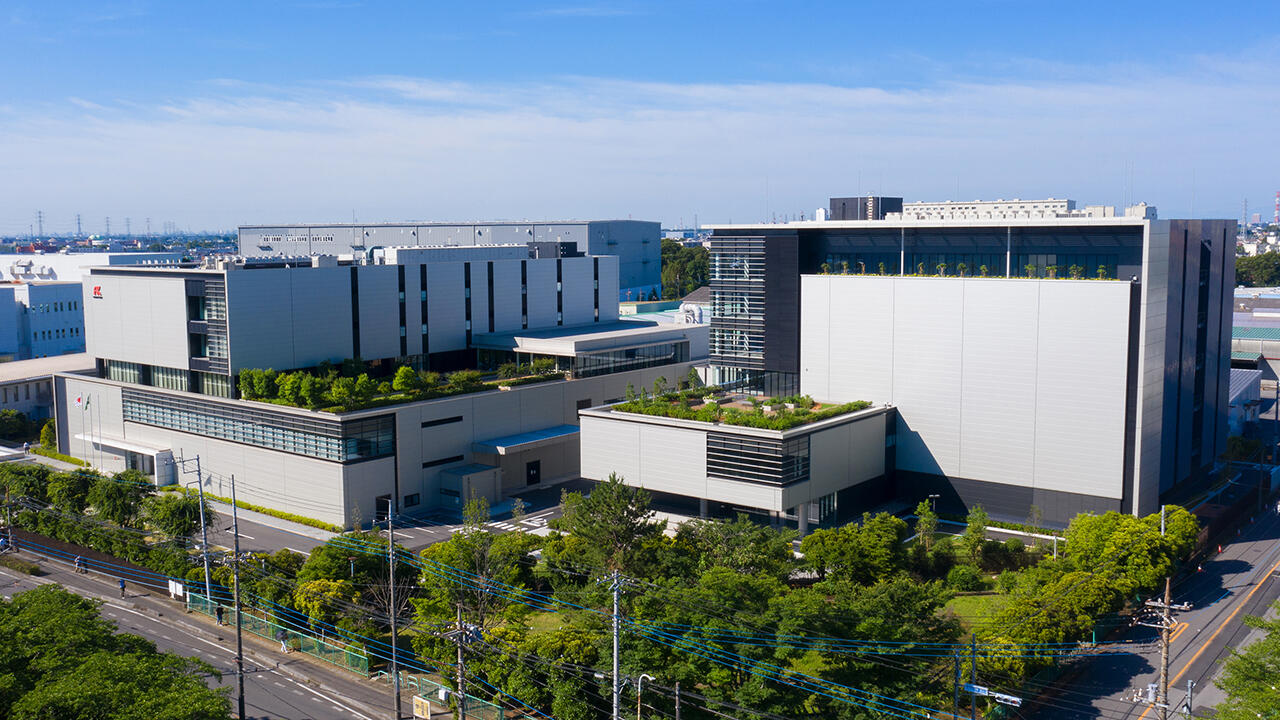
Table of Contents
Company History
In 1939, our company was founded to commercialize and distribute the "Optical Interferometric Gas Detector," invented by the Institute of Physical and Chemical Research.
At the time, coal was the primary source of energy, and accidents such as explosions in coal mines and oil tankers had become significant social issues since the 1920s. With this backdrop, we began our business with gas detectors aimed at preventing labor accidents in coal mines and explosions in oil tankers.
After 85 years since our founding, our company has grown into a leading manufacturer of industrial gas detection and alarm equipment, achieving consolidated sales of 45.5 billion yen. This means that by preventing various workplace accidents through our products, we are protecting "worker safety".
To further familiarize you with who we are, we will introduce our history from just before our founding in 1938 to the present, divided into four eras.
1938–1964: Spin-off from the Institute of Physical and Chemical Research
In 1938, we obtained the patent rights from the Tsuji Laboratory at the Institute of Physical and Chemical Research for the "Optical Interferometric Gas Detector" and began developing optical gas detectors and photoelasticity testing devices. The following year, we founded Riken Keiki Co., Ltd., and in 1940, established a new factory, laying the groundwork for a full-scale manufacturing and sales system.
In 1946, we were designated as a key factory for manufacturing coal mine safety equipment by the Ministry of Commerce and Industry of Japan (the current Ministry of Economy, Trade and Industry). By becoming a designated provider of gas detectors, our company made significant contributions to enhancing safety in coal mines.In 1959, we began developing and marketing combustible gas alarm devices and detectors (catalytic combustion method).
1965–1989: Expansion Period of Sensors and Product Variety
1990–2014: Improving Quality and After-Sales Service
With the expansion of our product range, our next focus was on further improving quality and enhancing after-sales service.
In 1996, we obtained ISO 9001 certification, the international standard for quality assurance, followed by ISO 14001 certification, the international standard for environmental management. And in 2003, we developed the optical interferometric gas analyzer FI-800, and in 2013, we finally launched the development and marketing of the explosion-proof calorimeter, OHC-800.
2015 onwards: Soaring into the Future
Through these investments in our development and manufacturing departments, we are aiming for continued growth.
In 2015, we completed the construction of our development center in Kasukabe City, Saitama, Japan, and relocated our development and production departments from the headquarters. Furthermore, in 2020, we completed the sensor manufacturing base and manufacturing center for gas detectors on the premises of the development center in Kasukabe City.
Through these investments in our development and manufacturing departments, we are aiming for continued growth.
Our Strengths — In-house Sensor Development
Over our long 85-year history, we have expanded our product range, enhanced after-sales services, and established development and manufacturing bases to meet the diverse needs of our customers. This accumulation has resulted in high technological capability, with our self-developed gas sensors and gas sensing technology being our strengths.
Because we develop our own gas sensors, we are thoroughly familiar with both their advantages and disadvantages. Generally, when a sensor has shortcomings, the focus is on eliminating them. However, we believe in leveraging these disadvantages to our benefit in the development of detectors and other products.
Furthermore, we incorporate customer feedback from the proposal and maintenance stages into the development of new products. This approach has led to the successful development of technologies such as the "electrochemical method," the "catalytic combustion method," and our “patented technology using optsonic calculation" which combines our original "optical interferometric method" with the sonic principle.
Through this approach, we strive to improve the performance and reliability of our gas sensors by leveraging technical innovation and customer feedback.
The Birth Story of OHC-800
In 2013, our company successfully developed the groundbreaking explosion-proof calorimeter OHC-800. It is also utilized as a core product of our proprietary real-time gas monitoring system, offering new value.
Here is the development story of this revolutionary product, OHC-800.
Since our initial goal at the time of our founding was to commercialize the Optical Interferometric Gas Detector, we had a strong foundation in optical interferometric technology.
In developing calorimeters, we concluded that converting calorific value from the refractive index was the most effective method, based on the linear relationship between the calorific value and refractive index of paraffinic hydrocarbons like methane. This led to the commercialization of the FI-800, a gas analyzer using an optical interferometric sensor.
However, the next challenge we faced was inaccuracies caused by the diversification in natural gas import sources, increased processing of boil-off gases, and the introduction of shale gas. These factors caused significant fluctuations in the amount of N2 in fuel gases, resulting in errors in calorimeters. This became a significant issue to the extent that precise thermal control became difficult.
To address this challenge, we pursued further technological innovation. Specifically, we came up with an approach to utilize multiple sensors with different characteristics to eliminate the interference from interference gases.
And by combining an optical sensor with a sonic sensor, we successfully compensated for each sensor's shortcomings, allowing us to calculate and eliminate the effects of non-target gases.
This led to the birth of the OHC-800, and the approach used in its development has become a new solution for solving challenges in our company.
Summary
Since our founding, we have contributed to improving safety in the field through the development and sales of products such as the Optical Interferometric Gas Detector.
The OHC-800 represents the culmination of these efforts, combining sensors with different characteristics to overcome challenges that conventional technologies could not solve. We take pride in utilizing our diverse sensor technologies to enhance safety and improve productivity across various industries.
If you have any issues with gas detection, please feel free to contact us.
PRODUCTS
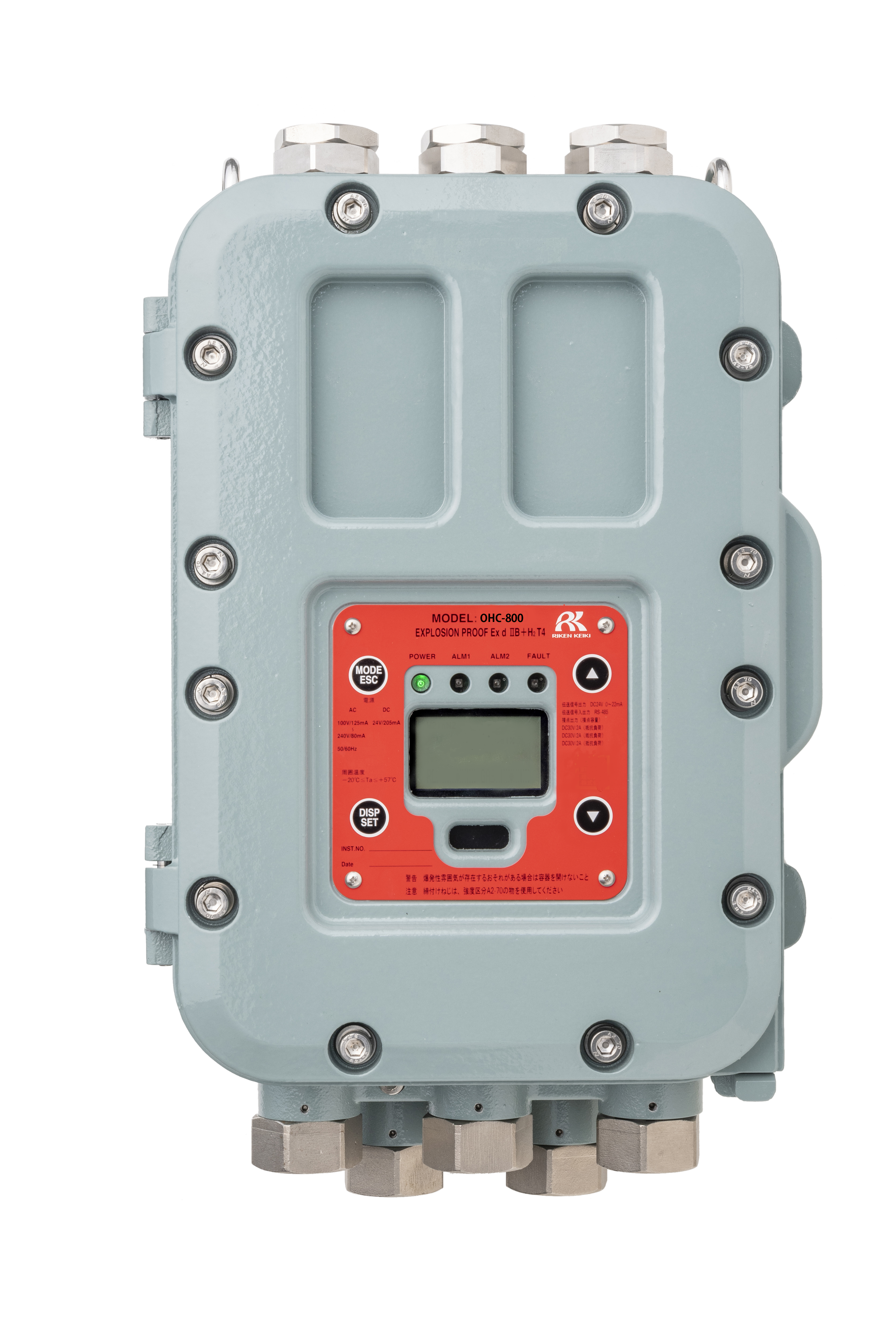
Product type |
Fixed Gas Analyzer |
|---|---|
Applications |
|
single/multi |
Single |

Want to hear from an expert?


You may also be
interested in

The Importance and Key Considerations of IP Codes When Choosing Gas Detectors
Learn why IP codes matter when choosing gas detectors. Discover how dust and water resistance ensure reliable performance and worker safety in harsh environments.
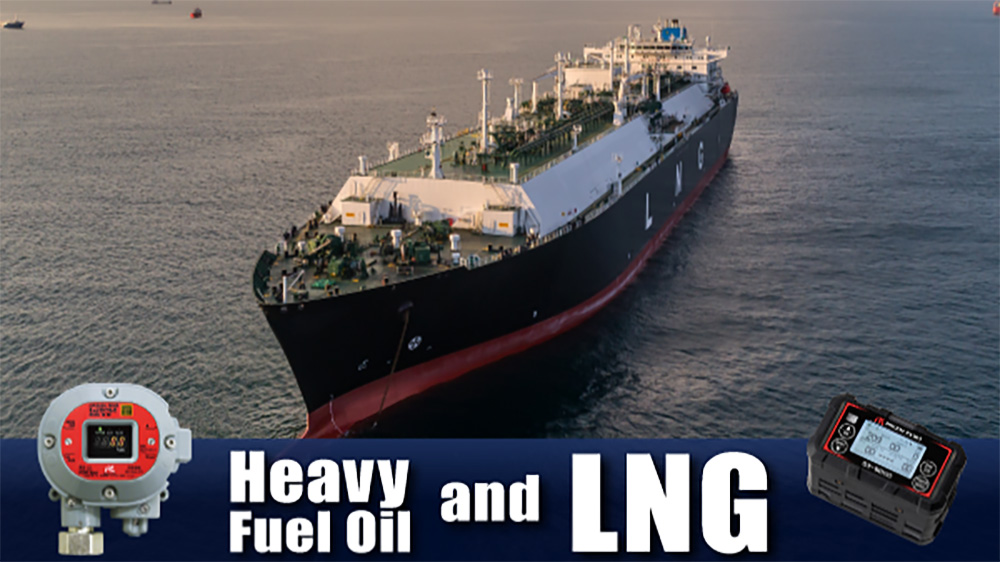
Heavy Fuel Oil and LNG
Heavy fuel oil powers global shipping with efficiency, affordability, and safety—maximizing cargo space and enabling long-distance voyages.
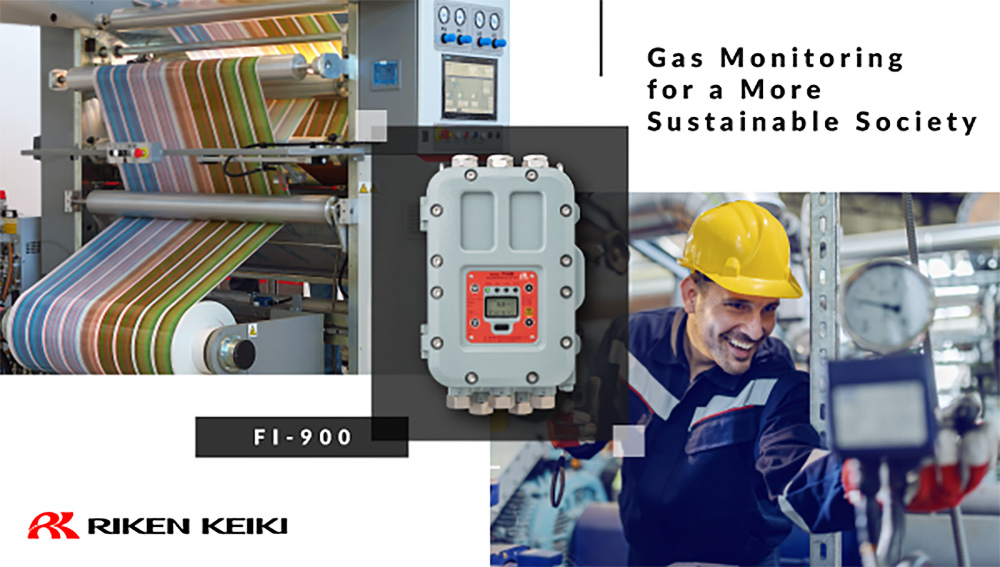
Gas Monitoring for a More Sustainable Society
Riken Keiki aids sustainability with gas monitors, supporting circular economy efforts and eco-friendly manufacturing practices.
Publications





